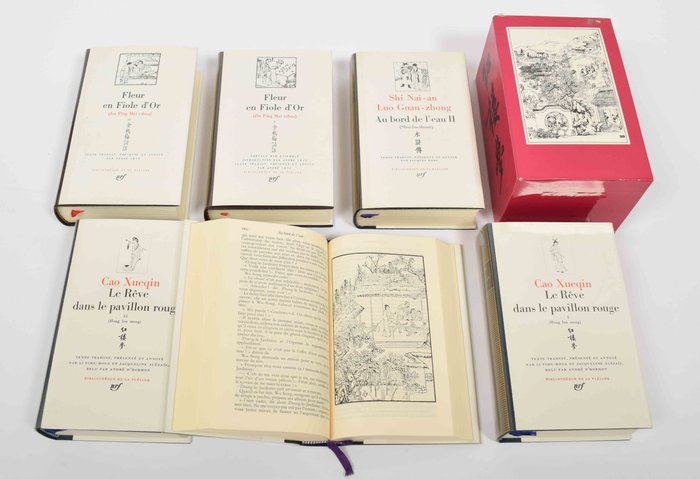

The beginning chapter is based on an episode from "Tiger Slayer" Wu Song from Water Margin.Little is known about the author except for some conjectures that he may have been a Taoist priest who wrote to expose the disintegrating morality and corruption of the late Ming Dynasty. Some critics have argued that the highly sexual descriptions are essential, and have exerted what has been termed a "liberating" influence on other Chinese novels that deal with sexuality, most notably the Dream of the Red Chamber.


The story contains a surprising number of descriptions of sexual objects and coital techniques that would be considered fetish today, as well as a large amount of bawdy jokes and oblique but still titillating sexual euphemisms. Acclaimed Qing critic Zhang Zhupo described it as "the most incredible book existing under the heavens" (第一奇書), and in the 20th century, influential author Lu Xun also held it in great esteem.
#New jin ping mei 4 full
Structurally taut, full of classical Chinese poetry and surprisingly mature even as early fiction, it also deals with larger sociological issues-such as the role of women in ancient Chinese society, and sexual politics-while functioning concurrently as a novel of manners and an allegory of human corruption.Ĭarnal Prayer Mat author Li Yu called it along with Romance of the Three Kingdoms, Water Margin, and Journey to the West one of the Four Marvelous Masterpieces (四大奇书). Only since the Qing Dynasty has it been re-evaluated as literature. Chinese editionįor centuries identified as pornographic and officially banned most of the time, the book has nevertheless been read surreptitiously by many of the educated class. Ximen and Golden Lotus, illustration from 17th c. 1010) and Don Quixote (1605, 1615), there is no earlier work of prose fiction of equal sophistication in world literature." It has been described by Princeton University Press (regarding the Roy translation) as "a landmark in the development of the narrative art form - not only from a specifically Chinese perspective but in a world-historical context.noted for its surprisingly modern technique" and "with the possible exception of The Tale of Genji (ca. Within Chinese societies, Jin Ping Mei is sometimes considered to be pornographic material, due to its contents, though critical studies of it have emerged since the Qing Dynasty. Jin (金), "gold", symbolizes wealth ping (瓶), "vase", stands for liquor and mei (梅), plum blossoms, is metaphoric for sexuality. According to some Chinese critics, each of the three Chinese characters in its title symbolizes an aspect about human nature. Jin Ping Mei takes its name from the three central female characters - Pan Jinlian (潘金蓮, whose name means "Golden Lotus") Li Ping'er (李瓶兒, literally, "Little Vase"), a concubine of Ximen Qing and Pang Chun mei (龐春梅, "Spring plum blossoms"), a young maid who rose to power within the family. Its graphically explicit depiction of sexuality has garnered the novel a level of notoriety in China akin to Fanny Hill in the English literature. Jin Ping Mei is sometimes considered to be the fifth classical novel after the Four Great Classical Novels. The more complete version today comprises one hundred chapters, amounting to over a thousand pages. (The only clue was that he hailed from Lanling, or present-day Shandong.) Earliest versions of the novel exist only in handwritten scripts the first block-printed book was released only in 1610. The author was Lanling Xiaoxiao Sheng (蘭陵笑笑生), "The Scoffing Scholar of Lanling", a clear pseudonym, and his identity is otherwise unknown. Jin Ping Mei, or The Plum in the Golden Vase ( Chinese: 金瓶梅 pinyin: Jīn Píng Méi, also translated as The Golden Lotus) is a Chinese naturalistic novel composed in the vernacular ( baihua) during the late Ming Dynasty. Lanling Xiaoxiao Sheng (The Scoffing Scholar of Lanling, pseudonym)


 0 kommentar(er)
0 kommentar(er)
